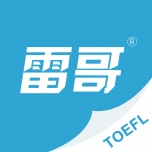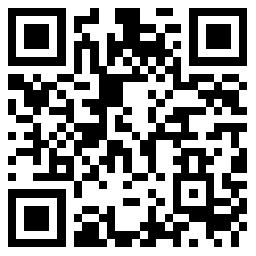雷哥考研 > 题库 > 2020年管理类联考11月公益模考英语(二)测试卷 > 阅读理解A
Text 3
Big companies may want to hire mavericks but most organisations are built on rules.
Hire mavericks: a classic piece of management advice, proposed since at least the 1980s—and almost impossible to enact successfully. Still, big organisations continue to boast that they recruit and develop rule-breakers and renegades. “Status quo challenger” has even become a popular self-description on LinkedIn.
Leave aside the fact that a break-all-the-furniture disrupter is unlikely to spend much time updating his or her LinkedIn profile, let alone join the graduate trainee programme at a multinational: corporate success is often based on what already works.
Companies must strike a near-impossible balance as they design their hiring and leadership development policies. They need to cultivate enough changemakers to advance the company, but curb revolutionaries’ instincts to abandon the organisation’s core values, breach acceptable behaviour or swerve recklessly away from tried and tested approaches.
The word “maverick” derives from Samuel Maverick, a 19th century Texas rancher who allegedly refused to brand his cattle. Wandering cows became known as mavericks. Big companies, though, wish to apply the branding iron from day one and move the herd in the same direction.
As a result, “maverick bosses” are rarely the product of an orderly succession plan. A list of those who have recently earned the tag (all men, interestingly) includes Elon Musk, the late Sergio Marchionne of Fiat Chrysler, SoftBank’s Masayoshi Son, Travis Kalanick of Uber, Jeff Bezos, Jack Ma and John Legere, chief executive of T-Mobile USA.
In most cases, these are entrepreneurs and founders. The first self-styled maverick boss, Semco’s Ricardo Semler, who became known for decentralising management, and wrote a 1993 book about it called Maverick!, did not rise through the ranks. He was handed control of the Brazilian engineering group by his father. The exceptions to the founder-entrepreneur model—Mr Marchionne and Mr Legere—were outside appointments to struggling companies.
One headhunter says mavericks are useful as non-executive directors, who can “challenge the executive management within the context of the boardroom”. Their elevation to chief executive—except at companies that are struggling—almost always leads to “tissue rejection”.
This is not an argument for stasis. That way lies extinction—the destiny of companies that continue to appoint what I’ve called “default managers”.
Nor do I believe dissent should be shut down. Even established companies should try to recruit a few revolutionaries and free spirits. In fact, those kinds of people are essential to some activities. Think of the creative cartoonists at Pixar, or the innovative engineers at Google.
33. Some famous figures are mentioned in Para.6 to indicate _____________.
- 雷哥网解析
- 网友解析
33. 选B。例子题
题干:第六段提到了一些名人,目的是____________.
A. entrepreneurs and founders are equivalent of maverick bosses (企业家和创始人等同于特立独行的老板)
B. changemakers are not born of the routine cultivation procedure(变革者不是出自于常规的培养程序)
C. maverick bosses are usually self-desciplined and hardworking(特立独行的老板经常很自律和努力)
D. social changes are to some extent initiated by maverick bosses(社会变革某种程度是由特立独行的老板发起的)
解析:通常而言,例子是为主题服务的,所以例子题的答案一般要具有涵盖性和宽泛性,也就是不要太具体、太琐碎,不要就事论事,只围绕例子说事。因此,答案经常是要跳出例子去找,即例子的上面或下面。就本题而言,该段第一句很重要,因为这句话是一个很概括的论述句,从第二句开始就是具体例子。选项B是对该句的同义改写,changemakers对应maverick bosses,are not born of 对应are rarely the product of,the routine cultivation procedure对应an orderly succession plan。
题目讨论 (0条评论)

提交
















 预约成功!
预约成功!
















